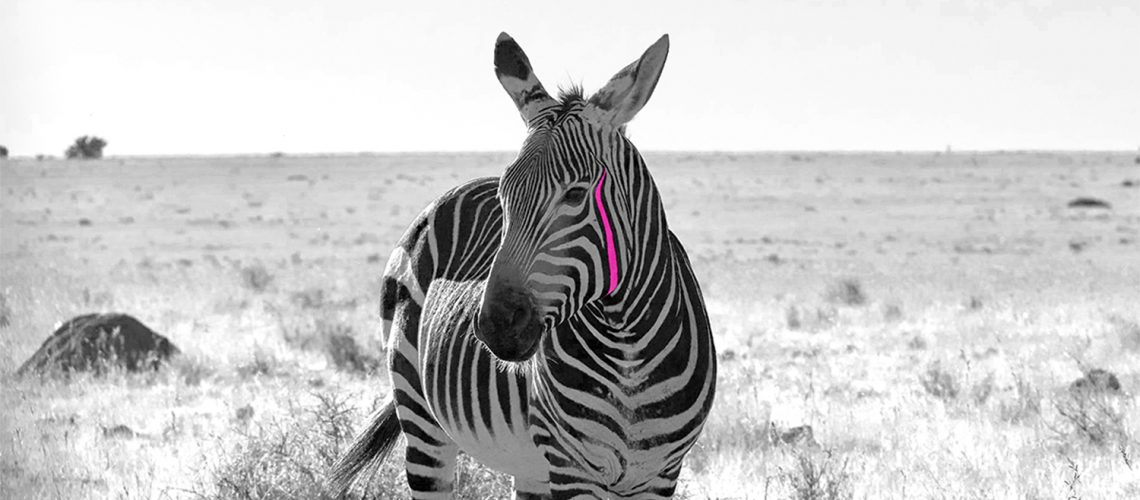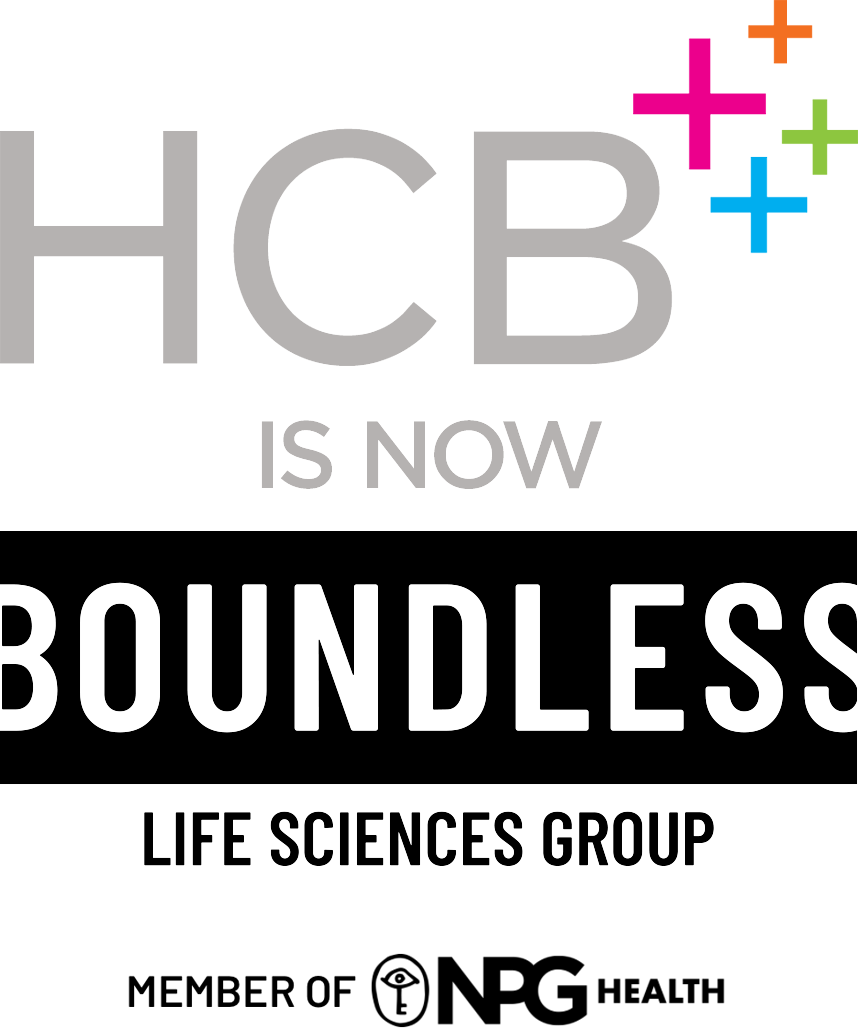There’s a rare, but very special day coming this week…Rare Disease Day is February 29!
This year, the National Organization of Rare Disorders (NORD), has a theme around zebras and the hashtag #showyourstripes. It is true that zebras are rare, but it actually comes from an old adage that medical students are taught early in med school. The idea is that “when you’re deciphering a patient’s symptoms and you hear hoofbeats, think horses, not zebras.” What they are teaching our future doctors is that it’s not usually the rare thing, it’s something much more common and obvious. But, what if it’s not? What if you’re the zebra?
Rare diseases are just that — rare. In the United States, a rare disease is defined as a condition that affects fewer than 200,000 people. These rare diseases can be genetic, sporadic, or idiopathic, but they all share a common struggle: few patients mean few resources devoted to their understanding and cure. A rare group of symptoms can be vague or distinct, with an easy diagnosis or an impossible one. It also means there is only a small community of patients and caregivers to share their stories of struggles and victories. Rare diseases can be very isolating, frustrating, and scary.
I know this because my daughter is a zebra.
Marlo was born just one minute after her twin sister, Audrey (who, by the way, lords that one minute over her), and seemed to be a healthy, albeit tiny, baby. During her first feeding, she kept choking, and the nurses quickly whisked her away to the NICU. After a few hours, the doctors sat us down to let us know Marlo had a rare condition: Esophageal/tracheoesophageal fistula (EA/TEF). This meant her esophagus and stomach weren’t connected, and she had a fistula (a connection) between her trachea and her esophagus. This explained the coughing. She also had an atrial septal defect (ASD), a fairly common heart defect. She was in surgery 2 hours after she was born.
To put this in context, she was born in 2000, in the still-early days of the web. I frantically began searching for information or for other moms who were in my shoes. What were the long-term outcomes? Would she need a feeding tube? Would she ever be normal? There was almost nothing about her condition anywhere and the doctors had no answers.
As Marlo grew, she had periodic issues with her digestive system and lots and lots of hospitalizations. At 9, she had a cyst removed from her spinal cord. At 11, she began developing curvature of the spine, which quickly progressed to 85 degrees by the age of 14. She’s since had 3 surgeries, from stem to stern, on her back to fix what one surgeon called “the worst case of pediatric scoliosis I have ever seen.”
The reason for all this detail is that I began to suspect that it was more than EA/TEF; something else had to be going on. Back to the web I went, and I found out that Marlo had several of the hallmark signs of an even rarer problem: VACTERL syndrome (vertebral defects, anal atresia, cardiac defects, trachea-esophageal fistula, renal anomalies, and limb abnormalities). This is a cluster birth defect that affects multiple parts of the body at birth. She didn’t have every issue that presents for VACTERL, but after meeting with several doctors they officially declared her a “VACTERL kid.”
So great, right? Now I have an answer…except there are no answers. When I asked them, “Is she VACTERL?” their answers were, “Yes, likely, but we will never really know.” There is no support group for VACTERL because it’s so rare; there are only groups for EA/TEF or scoliosis. Whenever Marlo needed a new surgery, people would say (or think), “Oh no, what now?” and I would feel helpless and hopeless to explain the unexplainable.
Now, Marlo is 19. She’s funny, generally healthy, and away at college living her best life. This Christmas, she had liver surgery, the kind you and I would still be in bed recovering from, but Marlo was up and about in just a few weeks. Every time she has an issue, she’ll ask me or her doctors, “OK so, why this and what’s next?” But no one really knows. So, she shrugs her shoulders and keeps on keeping on. She’s a hell of a lot tougher than I am.
Oh, the irony: I have spent my entire career working with clients to spread the message of disease awareness and education across medicine, yet I have no real answers for my own child.
But I am not alone. There are thousands of people dealing with rare diseases every day, and they need to know that they, too, are not alone. This feeling of isolation can only be cured by community and awareness. This is why at HCB we will celebrate Rare Disease Day. We proudly join NORD to elevate this issue because every rare disease has a face, a face with a story—a chapter that must be written. We feel tremendous gratitude for our rare disease clients, who are working tirelessly to create tests and cures for these diseases that will change the world for all of those faces.
This week, you will meet the faces of rare disease at HCB Health and you will see our zebras as they stand together as one strong and beautiful herd.
Stay tuned for more to come!


